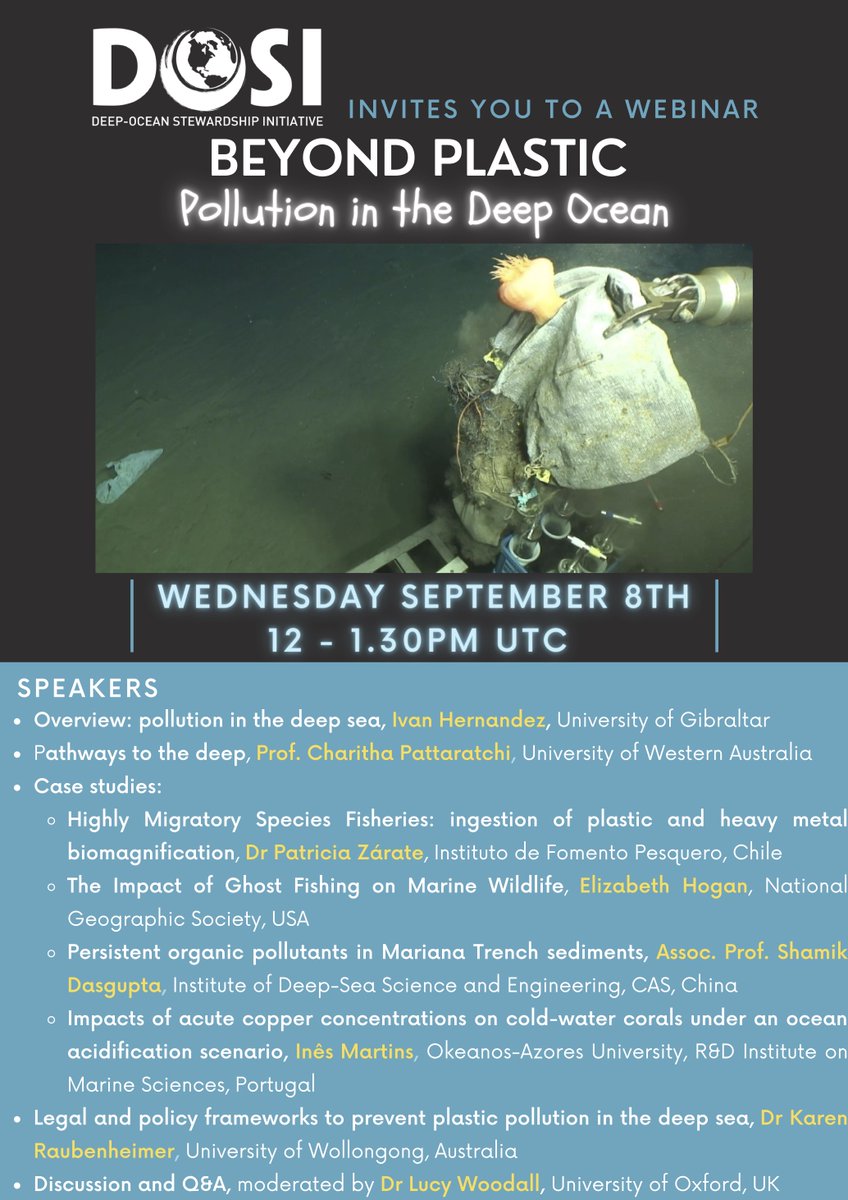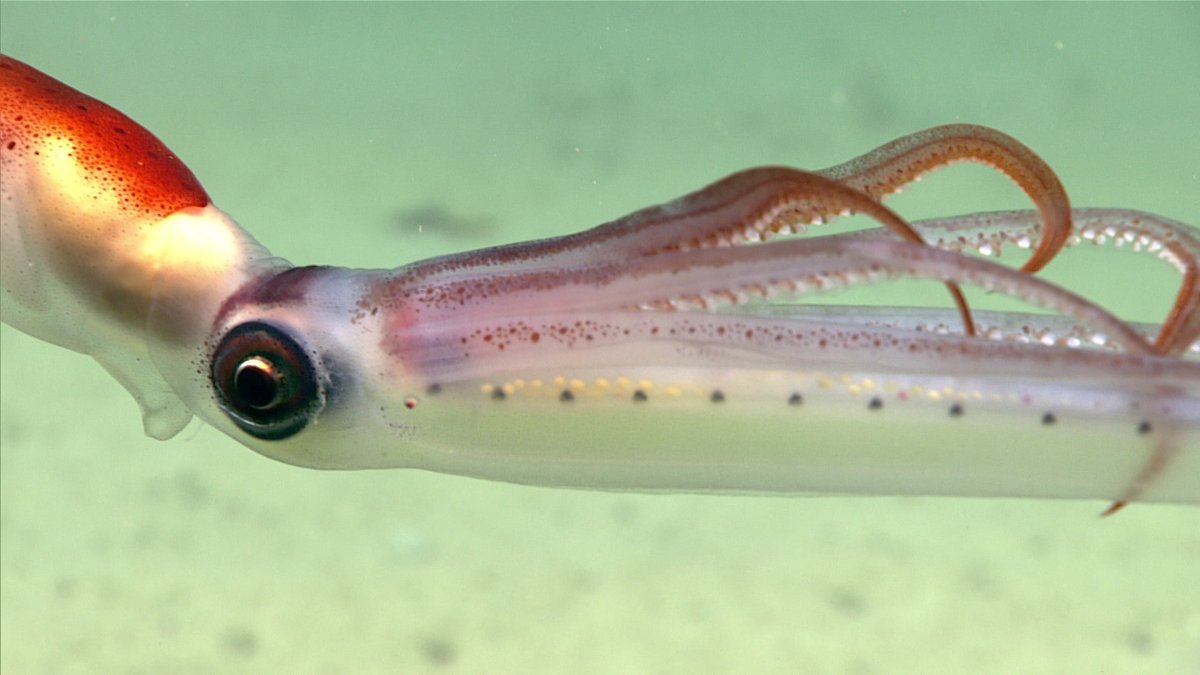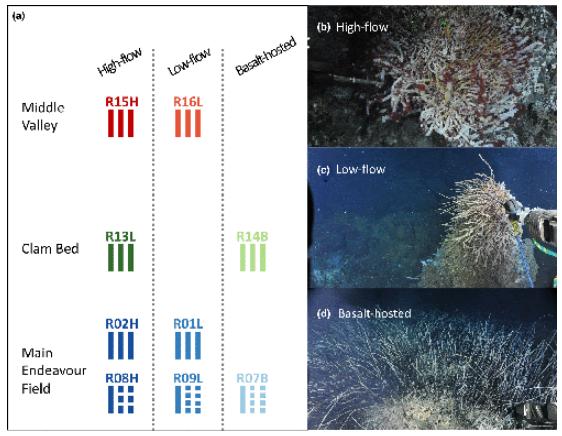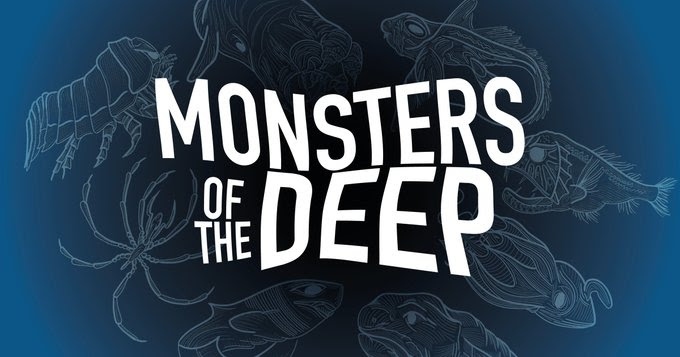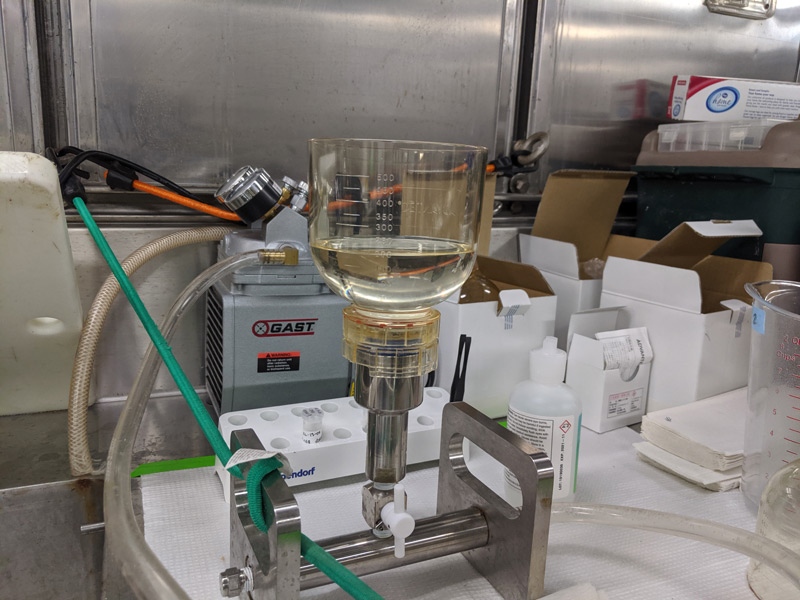
ECOGIG - Ocean Ecosystem Research
@deepseaecogig
We explore and share about #deepsea ecosystems around the globe. Creators of the #deepseaduo Zack & Molly. Find us on Facebook & Instagram, YouTube & Vimeo.
ID: 2408111958
https://www.ecogig.org 24-03-2014 01:29:05
9,9K Tweet
1,1K Followers
769 Following
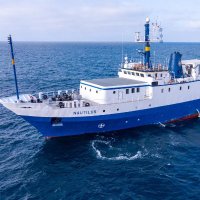
One week after ROVs Hercules & Argus detached from the cable to E/V Nautilus, both of our beloved vehicles are back onboard. Our deepest gratitude to Woods Hole Oceanographic Institution (WHOI) ROV Jason and @UWOcean R/V Thompson teams, who conducted 2 rescue dives over 26 hrs. Full update: nautiluslive.org/blog/2021/08/2…



A hilarious celebration of ROVs from Hip Hop MD !




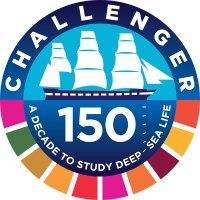

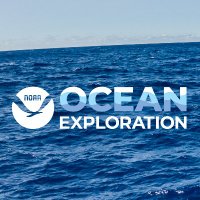

“The DDT dump site provides evidence of a large human footprint in the deep ocean, but we are just starting to identify the effects on local marine communities,” said Chief Scientist Dr Lisa Ann Levin. #BiodiverseSCB in ECO Magazine digital.ecomagazine.com/publication/?i…











